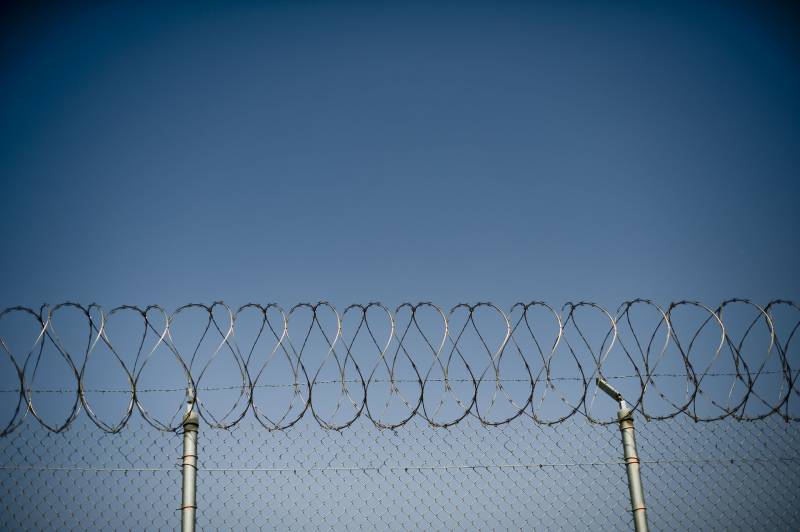But the Prison Law Office and a number of other advocacy groups are also pushing for the state to do more to protect the elderly and those with compromised immune systems in prison.
“We’ve been imploring the state through various channels to do what county jails are doing all over the state, which is reduce the density of the population by releasing people who are low risk,” said Don Specter, executive director of the Prison Law Office.
Last week, the Santa Clara County and Alameda County sheriffs both moved to release hundreds of people early from jail. San Francisco courts have ordered dozens of inmates released early. Contra Costa County is also looking at steps to cut down the number of people held in jail.
On Monday, a group of 28 advocacy organizations wrote a letter to California Attorney General Xavier Becerra requesting the state’s top cop expand these localized efforts by directing all sheriffs to release people who have six months or less left on their sentences and asking local law enforcement to reduce arrests and bookings.
“Without action, thousands will likely die with the suffering falling disproportionately on low-income families, particularly Black and Latinx families,” the letter says.
Gov. Gavin Newsom addressed the calls from advocates in his Monday afternoon briefing.
“I have no interest — and I want to make this crystal clear — in releasing violent criminals from our system. I won’t use a crisis as an excuse to create another crisis,” he said.
Newsom said he has a task force looking at how to release people incarcerated for non-violent crimes in a “deliberative” way. He warned that the large-scale release of tens of thousands of prisoners called for by advocacy groups could cause a whole new set of problems for emergency medical providers.
“If we start to release prisoners that are not prepared with their parole plans, they may end up out on the streets and sidewalks, in a homeless shelter,” Newsom said.
So far, the prison system has not announced any concrete steps to release people. A spokesperson for CDCR declined to answer questions, but said the department has been posting all COVID-19 updates directly on its website.
“We are continuously evaluating and implementing proactive measures to help prevent the spread of COVID-19 and keep our CDCR population and the community-at-large safe,” the CDCR website says. “Additional measures will continue to be developed based on the rapidly-evolving situation.”

